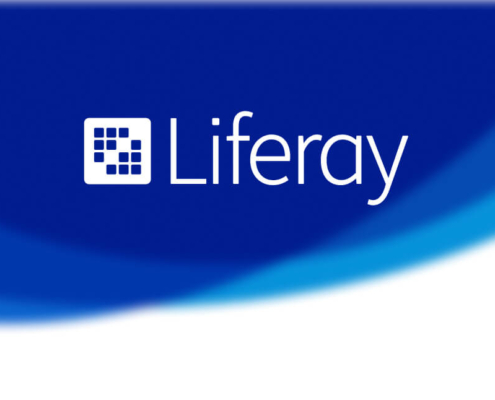
Healthcare costs are rising in the United States at a much faster rate than incomes. Furthermore, 20% of Americans will be 65 years old or more by 2030, which means they will require more medical care. This is certainly not positive news, especially when you consider that the national health spending was $3.7 trillion in 2017, or 17.9% of the GDP, according to the Centers for Medicare and Medicaid Services.
Digital experience platforms (DXP) can improve the situation significantly. In fact, a Goldman Sachs report shows that digital technology could help save as much as $300 billion in healthcare costs.
However, for a DXP to be effective, an organization needs to take into account the elements involved in creating a great patient experience but also in streamlining hospital operations.
Essential DXP Elements
A digital experience platform is comprised of three major categories of elements, namely audience experience, management, and architecture. All three categories need to work together smoothly to create a powerful and effective DXP.
Audience Experience
A digital experience platform provides users with a variety of interactive capabilities. This includes patients checking their own health information by navigating through a website, doctors and other healthcare staff using portals and applications to update and check information, as well as maintenance and administrative use on the backend.
The key is to make all aspects of the platform easy to use for everyone. It’s also necessary to ensure a comprehensive experience.
Some of the elements involved in the audience experience include content interaction, collaboration, and end-user customization.
In terms of content interaction, a DXP needs to offer personalized access to vital information, applications, and services.
Collaboration means ensuring smooth communication and ensuring everyone has access to the information they need. For example, a doctor requires tests for a patient, which can be ordered via a DXP. The results can then be made available via the same platform, which can be accessed by the doctor but also by the patient.
End-user customization is all about making it easier for everyone to use the system by allowing them to customize their experience to a certain degree.
Management
When implementing a DXP, a hospital will be able to improve a wide range of different areas of the digital experience. These platforms offer a significant level of control over the various elements that are involved in the hospital’s online presence.
For example, a DXP will enable a hospital to personalize every communication with a patient by analyzing their previous behavior and data. Personalization is especially important in a situation where a person might be feeling more vulnerable than usual.
Other elements include content management, integration of different applications, analytics and optimization, security administration, workflow management, patient experience, and more.
Architecture
The architecture is the technical foundation of a platform. By creating new tools and connecting existing applications to the DXP, a hospital can gain a greater degree of control over patient and staff data. It also determines how easily a user can switch from between tools for a more efficient and effective experience.
For example, cloud enablement can make life much easier for a hospital. By relying on third-party infrastructure, a hospital can invest less in on-site hardware and save on maintenance costs. At the same time, staff can access the information from anywhere, and at any time. The risk of failure is also greatly reduced.
Other elements involved in architecture include patient and user data management, mobility, multilanguage support, customized digital experience and more.
Digital experience platforms can deliver incredible outcomes in the healthcare industry. However, they have to be designed and implemented effectively, which can be problematic in hospitals that are still relying on legacy systems. But it can be done. It just has to be done strategically and not merely for the sake of it.



















